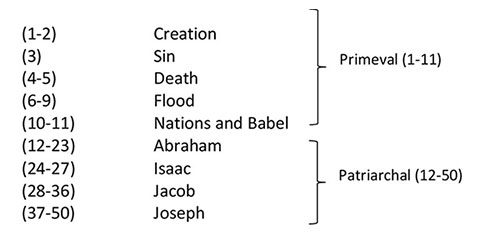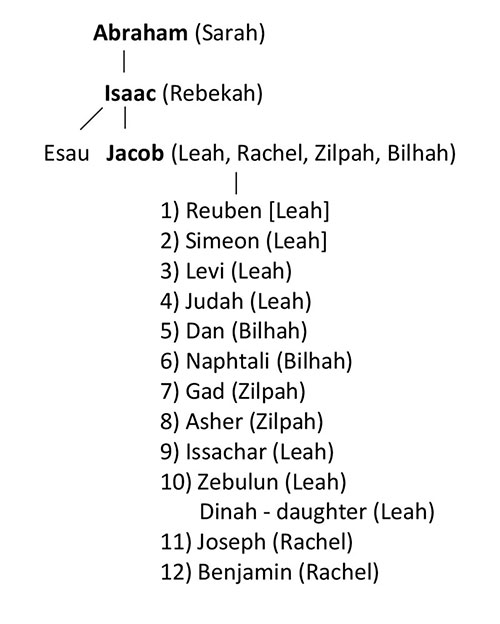Bible Study
![]() Summit Views: Genesis
Summit Views: Genesis
Purpose:
To show God as Creator of the world, His relationship with humanity, their subsequent rebellion, and His gracious provision through a people for the world.
Gospel Connection:
The God of all creation is good, holy, and personal. He created humans in His image to be in relationship with Him as rulers over creation and reflectors of Him in the world (Gen 1-2). Their sin, however, distorted this design, resulting in separation from God’s life-giving presence in a now fallen world (Gen 3). God does not leave them without hope of restoration, though, for His pattern of gracious provision is experienced by those who by faith walk with Him. Instead of leaving humanity to their evil ways, God graciously chose one man (Abraham) to become a great nation through whom He promised to bring worldwide blessing (Gen 12). This blessing was the gospel preached beforehand to Abraham (Gal. 3:8). Out of Israel, the Messiah (Jesus) would come to redeem mankind and give the Spirit (Gal 3:14) to those who put their trust in Him. This blessing would bring them back into relationship with the living God!
Summary Outline:
(overlap exists but a general thematic/character outline was chosen for the sake of simplicity)[1]
Summary message:
God creates the world and gives the breath of life to his creation. He lovingly creates man and woman (made in His image) to be in relationship with Him as reflectors and rulers over creation. The serpent however tempts Adam and Eve and they sin against God. As a result, they are separated from the garden
and began to experience death. Corruption increases in the now fallen world, and God decides to destroy His original creation in the flood (though by grace he saves Noah’s family). Unfortunately, though it doesn’t take long for the heart of man to show it’s bent toward sinful ways, climaxing in the prideful and disobedient building of the tower of Babel. The Lord then calls Abram into covenant relationship, promising that He would become a great nation, receive a land and be the means of a world-wide blessing. The second half of the book details the outworking of these promises in the lives of Abraham, Isaac and Jacob. The book concludes with the life of Joseph and the sovereign providence of God in the lives of His people as they wait on His timing (in a foreign land) to bring these promises to fruition.
Author:
Scripture and tradition seem to suggest Moses was the author of Genesis.
Historical context:
The spread of mankind into various nations of the world are documented in Genesis 1-11. Multiple groups living in and around the land of Canaan are also mentioned in Genesis 12-50, the most prominent being Egypt (Note Pharaoh’s interaction with the patriarchal family of Israel).
Key People/places/passages:
People: Adam, Eve, Serpent, Cain, Abel, Enoch, Seth, Noah, Shem, Ham, Japheth, Abram, Sarai, Lot, Melchizedek, Hagar, Ishmael, Abimelech, Isaac, Rebekah, Pharaoh, Esau, Jacob, Shechem, Laban, children of Jacob, Tamar, Perez, Zerah, Potiphar, chief cupbearer, chief baker, Manasseh, Ephraim
Places: Eden, Tigris, Euphrates, Babel, Ur, Haran, Canaan, Shechem, Negeb, Egypt, Jordan Valley, Sodom, Gomorrah, Beersheba, Moriah, hill country of Gilead, Jabook river, Peniel, Succoth, Babel, Haran, Bethel, Ai, Moab, Wilderness of Beersheba, Wilderness of Paran, Beersheba, Moriah, Kiriath-arba (Hebron), Paddan-arram, Goshen.
Passages: Psalm 8; 19; 33; 105:1-23; Acts 7:1-16; Hebrews 11:1-22
Patriarchal Family:
Maps:
(coming soon)
Detailed Outline:
(coming soon)
____________________________
[1] Eleven toledot markers (“These are the generations/account of…”) exist throughout the book as a type of structural outline (2:4; 5:1; 6:9; 10:1; 11:10, 27; 25:12, 19; 36:1; 37:2)
[2] Eugene H. Merrill. Kingdom of Priests. Grand Rapids, MI: Baker Books, 1996, pp. 31, 78-79.
[3] Charles Dyer and Eugene Merrill. Nelson’s Old Testament Survey. Ed. Charles R. Swindoll & Roy B. Zuck. Nashville: Thomas Nelson, Inc., 2001, p. 3.
Bible Study Publications to Download
-
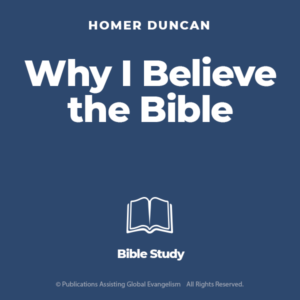
Why I Believe the Bible
$0.00 -

Helpful Hints on Revelation
$0.00 -

Structure of the Bible
$0.00 -
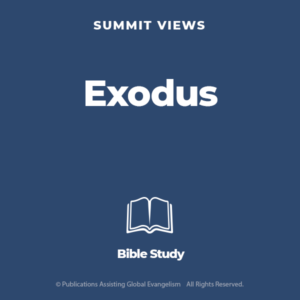
Summit Views: Exodus
$0.00 -
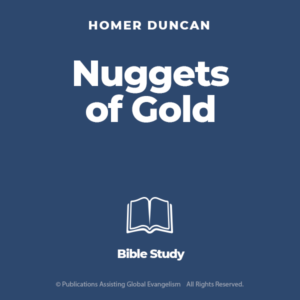
Nuggets of Gold
$0.00 -
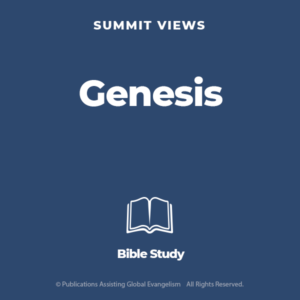
Summit Views: Genesis
$0.00 -
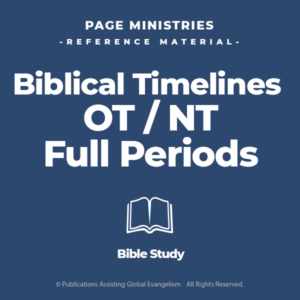
Biblical Timelines – OT/NT Full Periods
$0.00 -

Biblical Timelines – OT/NT Single Dates
$0.00 -
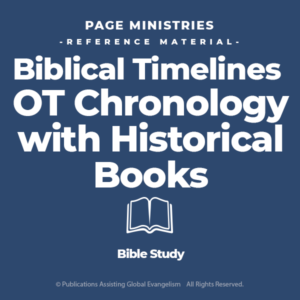
Biblical Timelines – OT Chronology with Historical Books
$0.00 -
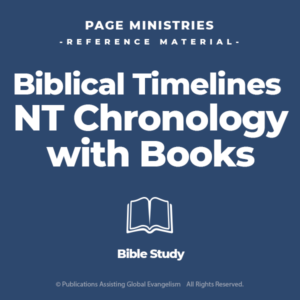
Biblical Timelines – NT Chronology with Books
$0.00 -

Biblical Timelines – OT/NT Chronology
$0.00 -
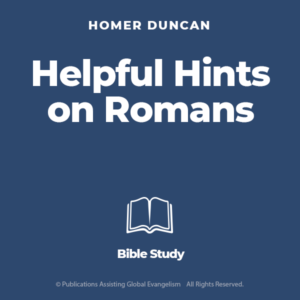
Helpful Hints on Romans
$0.00


